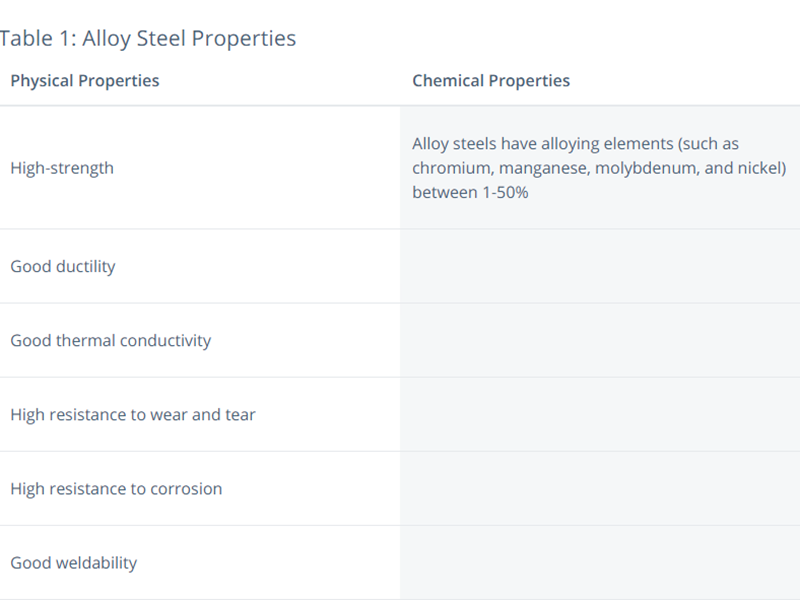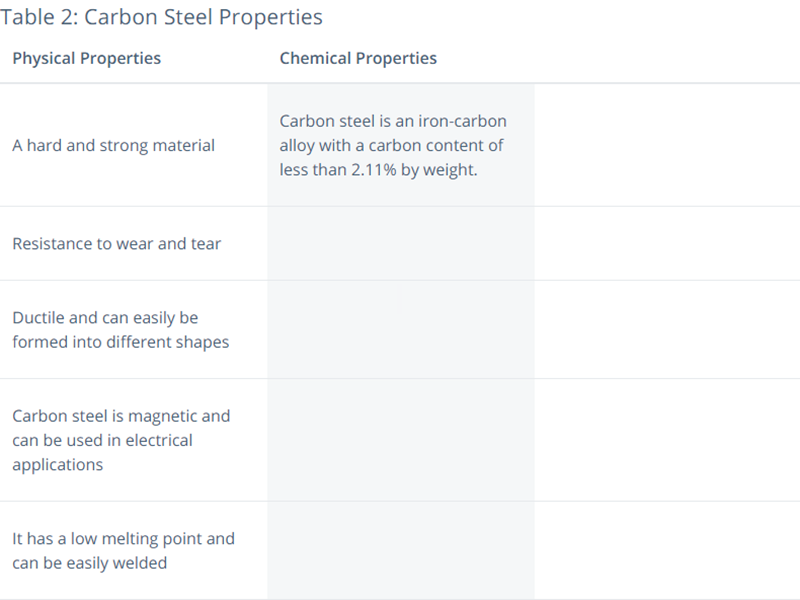Both alloy steel and carbon steel have very useful properties. Carbon steel is an alloy of iron and carbon, usually containing up to 2% carbon by weight. It is often used in production: machines, tools, steel structures, bridges and other infrastructure. On the other hand, alloy steel is a kind of steel that contains one or more alloying elements (usually manganese, chromium, nickel and other metals) in addition to carbon. Alloy steel is often used for high-strength parts such as gears, shafts and axles.
What is carbon steel?
Carbon steel is a steel with carbon as the main alloy element. It usually has a higher carbon content than alloy steel. Carbon steel is used in a variety of applications, including automotive parts, building materials and hand tools. It is known for its strength and durability, and can be heat treated to increase its hardness. Carbon steel is also more prone to rust than other types of steel. Carbon steel parts can be manufactured by forging, casting and machining.
What is alloy steel?
Alloy steel is a kind of steel that contains alloy elements (such as aluminum, chromium, copper, manganese, nickel, silicon and titanium) in addition to carbon in ordinary carbon steel. These alloying elements improve the mechanical properties of steel. Some alloys have improved: strength, hardness, wear resistance and/or corrosion resistance. Alloy steel is widely used in various applications, especially in the construction, automobile and aerospace industries.
What are the different types of alloy steel?
Basically, you can divide alloy steel into two (2) different types: low alloy steel and high alloy steel.
Low-alloy steel refers to alloy steel with some alloying elements less than 8%. Anything more than 8% is considered as high alloy steel.
Although you may think that high alloy steel is more common, in fact, it is the opposite. Low-alloy steel is still the most common type of alloy steel in the market today.


Post time: Feb-22-2023
